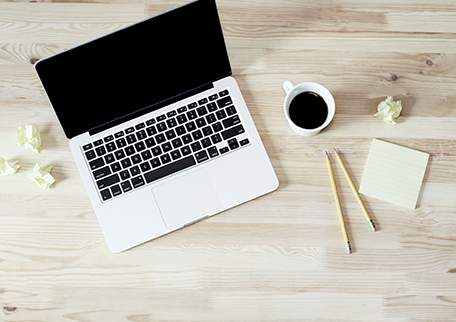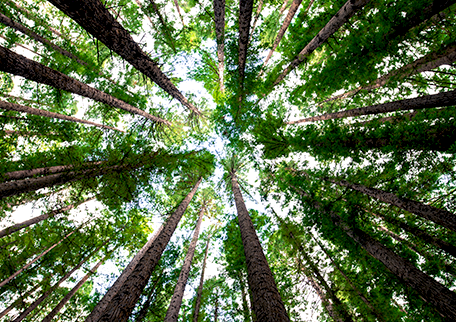The Power of Paperless
This blog post was written by Liluye Staff Writer, Katie Hutchinson, who is a driven and compassionate environmentalist and humanitarian.
My countertop is full of catalogs (none of which I’ve subscribed to) along with junk mail, bills, notes, flyers, newspapers, and receipts… all from last week! The amount of paper that is accumulating in my kitchen alone is almost concerning. I started to think about all of the paper that I use in my life. Work? Constant paper. Every time someone asks if I’d like a hard copy, my answer is always “yes,” too. I can’t help it. Something about holding the paper in your hands is so satisfying, but of course, I recycle it maybe a day or two later. For a few years I worked in an elementary school, and if you have an idea in your mind of how many pieces of paper are printed every single day for a quick learning exercise, double whatever number you came up with. Paper is everywhere you look, and in my life, a constant, but the more I think about it, a lot of it could be switched to a paperless alternative.
Since the dawn of the digital era, paperless options are becoming increasingly more popular, easy to obtain, and extremely beneficial to our environment; not to mention reducing files, keeping them all in one place, and makes life a little easier. If you have a smartphone you can have access to all of this data in seconds. Here are a few things you can do to ease into going paperless:
1. First, ask yourself, “what paper can I do without?” If you’re like me, there is just a lot of unnecessary paper in your life. Most utility companies offer a paperless billing option and this is one quick and easy start you can make.
2. A big change I made was getting rid of my printer. Once I did this, not only did I end up saving a good chunk of money on ink and paper, but the switch to digital platforms became way easier. There are free websites for everything nowadays that allow you to store, make notes on, and share with others, easily.
3. Consider scanning documents. It reduces space in your home or work, and you’ll never have to worry about losing them or things getting damaged.
4. If you get catalogs, consider unsubscribing to them. The same products I can guarantee are on the shops’ websites. Same with your newspapers and magazines. Online versions are available, and let’s face it, you’re only looking at the pictures anyway.
Still not convinced? According to Paperless Productivity, “reducing your paper consumption is a simple way to have a huge impact on the environment, and especially CO2 emissions. An average tree can only produce about 17 reams of paper, and takes about 100 years to grow. What’s more, over 50% of paper comes from virgin forests, and about 16% of those are old growth” (Paperless Productivity, 2022).
Also, Duval et al. reported in their United Nations report in 2021 that when supply chains reduce their paper supplies by 63%, the impact is significant! This percentage adds up to 13 million tons of paper which is equivalent to planting 439 million trees (UNCTAD, 2021).
Reducing paper usage is important not only for your own economic stance and ease of lifestyle, and finally getting rid of those unread mountains of paper accumulating, but you’re also taking the initiative to combat climate change. This is something bigger than all of us, and it’s impacting all of our lives. Simple Economics 101… consumers drive demand. Your choices to purchase alternative sources and participate in paperless, sustainable practices create new markets. You can help by starting to make simple changes today like the ones mentioned above.
Post Sources
• Economical and Ecological Benefit with Paperless Productivity. Date and Author: Unknown. (Paperless Productivity)
• Quantifying the environmental benefits from paperless trade facilitation. Date: November 2, 2021. Written by: Yann Duval, Celine Bacrot and Simon Hardy. (UNCTAD)



